An Outsider Looking In: Playing Styles in Spanish and English Football
-
Updated: 13 April, 2012
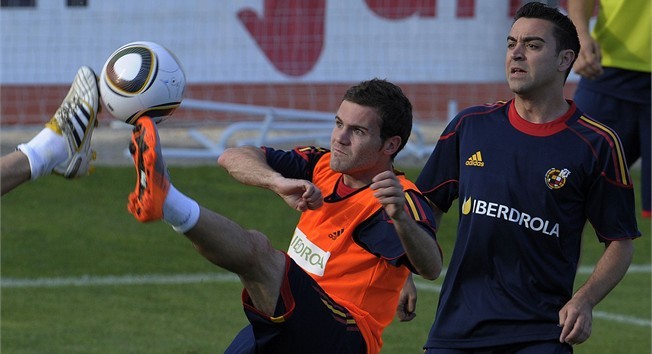
There are two types of these ‘Rondos’ that Spain practice. One where it is seen as a fun and enjoyable game with few coaching points, and then there is the more serious Rondo that is coached where players are taught when the ball should be played laterally or diagonally, and the players in the middle are taught how to press. The two players in the middle are coached on when to go close to players, which player should press the ball and which should judge where the ball is being played and try to intercept.
As aforementioned, the teams I watched used possession games for the majority of their sessions after a certain age, but they were not just teaching short and long passing. A number of Spanish coaches explained to me how every skill or technique in football can be taught within a 30×40 6v6 possession game. After watching a number of sessions, I understand what they mean.
Twenty minutes into watching a session, I was told that they were practicing heading. However, they were still doing this in a 30×40 rectangle. Many English coaches struggle to teach techniques like heading without losing the match-like realism. It will often be taught with one player throwing the ball in the air to another player to head it back to him. How often is a player going to be presented with a challenge of this nature in a match?
Every time the ball left the rectangle, the ball was brought back into play with a throw in the air, players fought for the ball as they would in a real match and the ball was inevitably headed towards a player on the same team. This meant that the transfer of skills to match situations was closely related as they were attacking the ball in a similar way and being challenged, just like in the ‘Rondo’, at a similar intensity to a match.
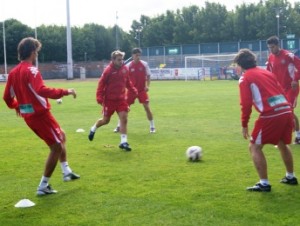 The coaches I spoke to in Spain couldn’t stress the importance of using these types of games in training as they are so easily positively transferred. Also, the ball was not forced to be played on the floor, with the Spanish coach only instructing the players to be tranquilo. The ball was often played in the air but not without direction. Aerial passes where used to expose spaces in the rectangle, as a certain player had sucked a number of opponents close to him as they attempt to win the ball before switching the ball to a player on the other side.
The coaches I spoke to in Spain couldn’t stress the importance of using these types of games in training as they are so easily positively transferred. Also, the ball was not forced to be played on the floor, with the Spanish coach only instructing the players to be tranquilo. The ball was often played in the air but not without direction. Aerial passes where used to expose spaces in the rectangle, as a certain player had sucked a number of opponents close to him as they attempt to win the ball before switching the ball to a player on the other side.
Playing the air was not regarded as wrong as it had a purpose, and was not to relieve pressure but to keep possession of the ball. The same can be said of their goalkeepers.
4-4-2 is often seen as the most famous formation but aren’t we lacking a player? Football is played with eleven players but the player that can single handily win you matches is disregarded by many and the importance is not placed on how he plays, as long as he ‘makes himself big between the sticks.’
It may seem a simple thing to say as it is common knowledge that there will be one in goal and he will be positioned just in front of the goal, but the fact that many Spanish coaches choose to express their formations including the goalkeeper as 1-4-4-2, rather than without may highlight the importance they place on this player.
Brendan Rodgers explained recently how his team play with eleven players, not ten like many others. Passing back to the goalkeeper can often receive a negative response from the nervous fans with cries like ‘hoof’ and jeers being common. However, the new breed of goalkeepers like Liverpool’s Pepe Reina and Swansea’s Michel Vorm have received praise for how they can be as much a part of the way a team plays as any other player on the field.
Vorm is not the tallest of goalkeepers at 6ft 0in but he was bought as he fits into the style of Swansea. In Spain was the first time I had observed a goalkeeping session where the ball never made contact with the goalkeeper’s hands. The coach or other goalkeeper passed the ball from one side into the goalkeepers path where he opened his body and passed it back out to the player on the other side and the same happened in reverse. This was executed in a number of ways as the ball was passed in the air to the goalkeeper who chested it down in the direction he wanted to play the ball, often in the opposite direction to where he had received it.
The English style of play seems to be developing and changing, and as such, in a few years this piece may be outdated. The FA are working to try and change perceptions of English Football and the way it is played. However, at this moment, Spain is seen as creating the most aesthetically pleasing football and the most sought after players.
It is also important to note that while I was there, I saw just as much football being played in the air as I did on the ground, but it was not to relieve the individual of any pressure or be sure that it was away from any danger area: it had direction and a purpose. Maybe England’s present playing style is currently lacking a consistent direction or purpose but having a look at how the guys on the continent are doing things is certainly a start.
3 Comments
You must be logged in to post a comment Login


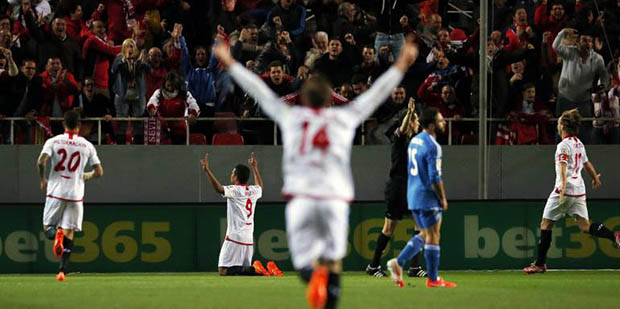
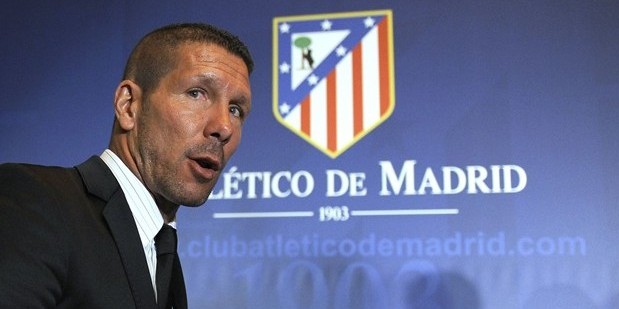
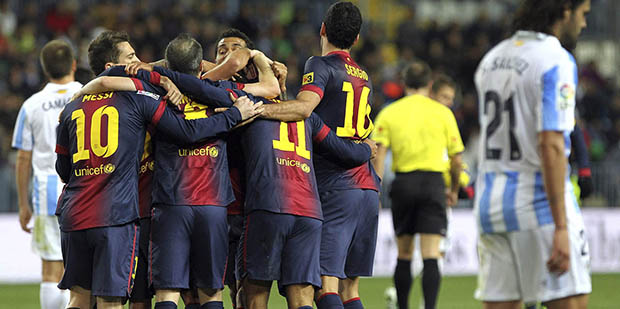

Pingback: An Outsider Looking In: Playing Styles in Spanish and English Football – El Centrocampista